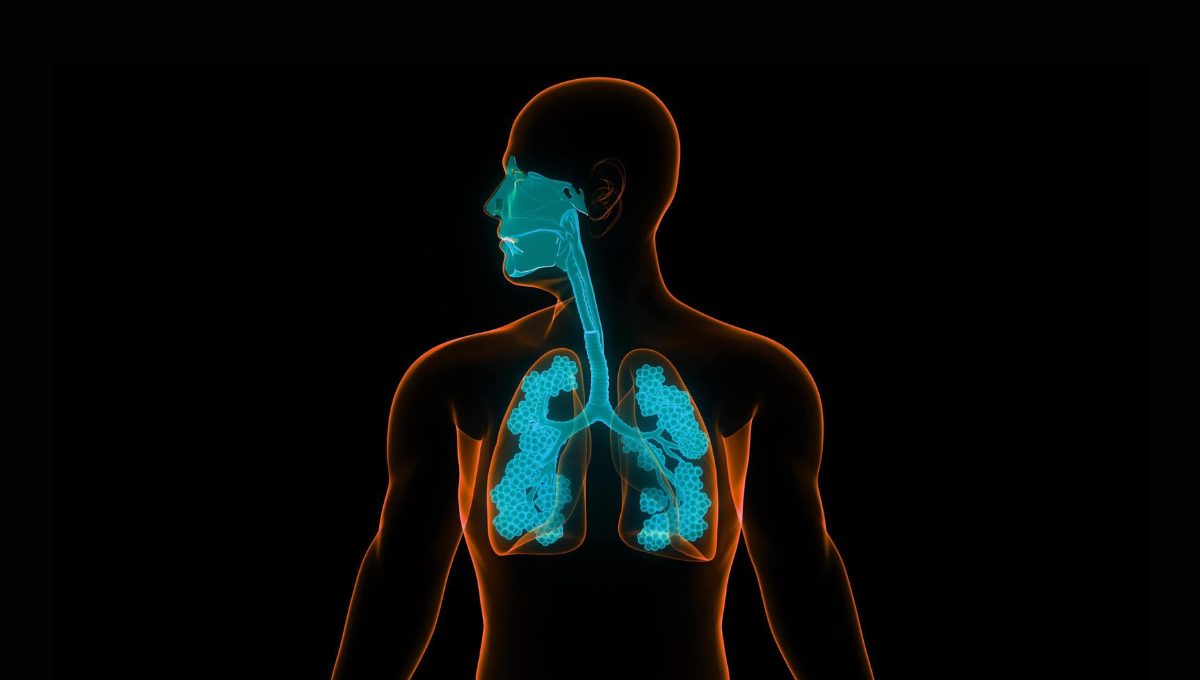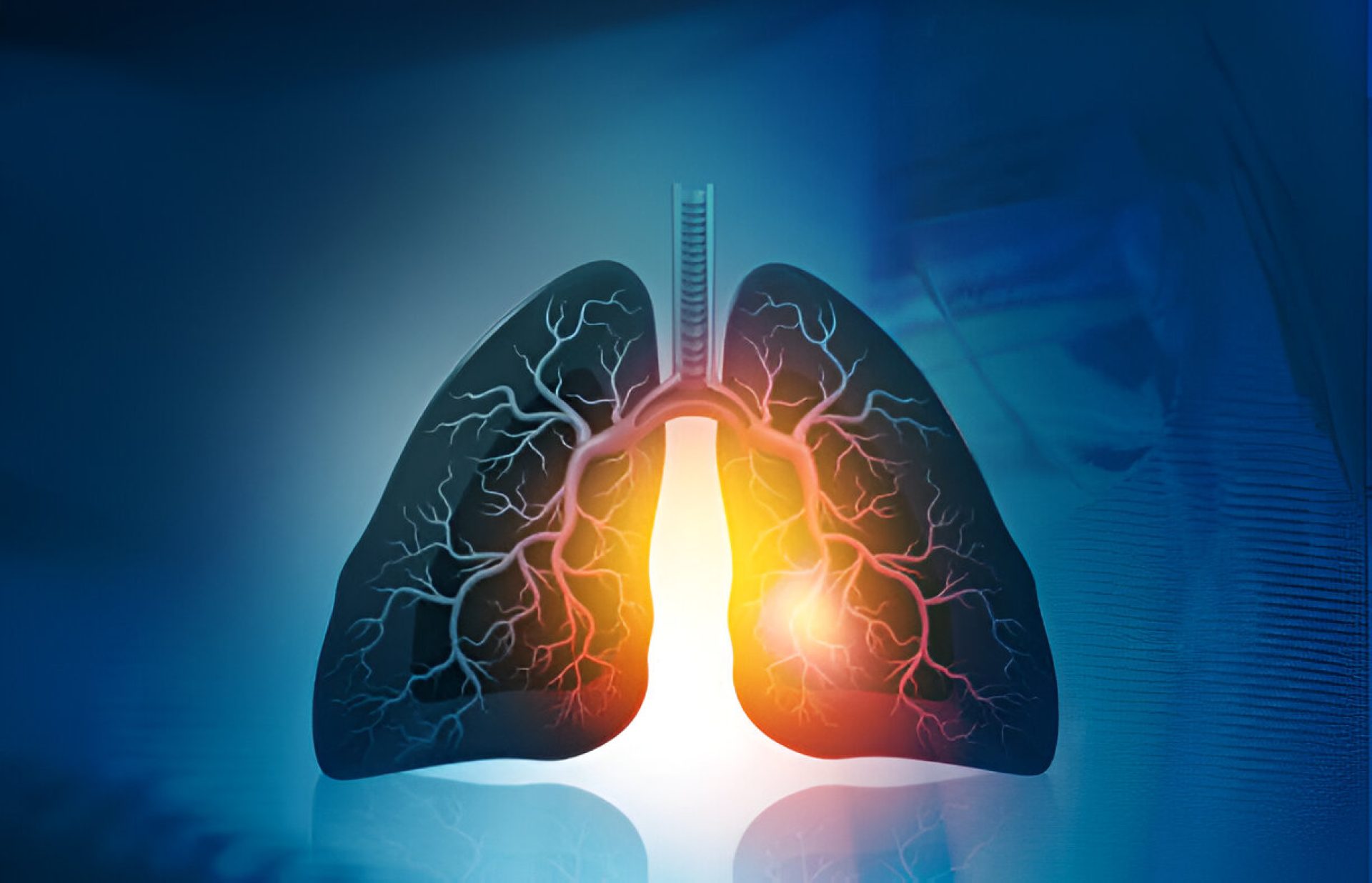- Home
- About Us
- Book Appointment
- Treatments
- Alzheimer’s Disease
- Anti-Aging
- Autism
- Autoimmune Disorders
- Back Pain
- COPD
- Crohns Disease And Ulcerative Colitis
- Erectile dysfunction and Penis enlargement
- Fibromyalgia
- Hip Pain
- Knee Pain
- Lupus
- Lyme Disease
- Multiple Sclerosis
- Muscular dystrophy
- Parkinsons Disease
- Peripheral And Diabetic Neuropathy
- Post Cancer Treatments
- Post Stroke Recovery
- Psoriasis
- Rheumatoid Arthritis
- Shoulder Pain
- Join The Club
- Aesthetics
- Blog
- Contact Us
The number of lung disease patients is multiplying every day while chronic obstructive pulmonary disease (COPD) remains the third-largest reason of mortality across the globe.
There are more than 480 million COPD patients worldwide. More than 16 million US citizens suffer from COPD.
Stem cells are increasingly used to treat a wide range of progressive lung conditions.
The cells can travel and transform. Multiplicity of stem cells into required cells to treat the lung disease completely.
Stem cell therapy for lung diseases can not only repair the damage to the lungs but also combat chronic inflammation and regulate the immunity responses of the body to prevent further diseases.
Table of Contents
What Are Lung Diseases?
Lungs are a complex system within the body that soaks oxygen and pumps out carbon dioxide to regulate a healthy breathing process. Block or illnesses of the lung significantly impact the quality and health of a person.
Categories of pulmonary diseases are –
- Obstructive – The inability to exhale air due to obstructed lung airways. The primary reason for obstructive lung disease is blocked arteries due to plaque buildup.
- Non-obstructive – Such lung diseases occur due to neuromuscular disorders that prevent breathing and ventilation. In other words, patients with this type of disease face problems in lung expansion with air.
Diagnosis
Some of the conclusive diagnoses for lung diseases are –
- Lung function test – A wide range of tests suggested by healthcare providers to determine the lungs’ capability.
- Spirometry – Lung function test to check the speed and volume of air while exhaling.
- Lung Diffusion Capacity – A lung functioning test to check the volume of oxygen infused into the bloodstream.
- Arterial blood gas test – A test where the patient needs to breathe through a tube to assess the diffusion abilities of oxygen into the bloodstream.
- Chest X-ray – A normal X-ray to diagnose different types of lung diseases such as tuberculosis, pneumonia, or pulmonary fibrosis.
- CT scan – Determine the causes of lung diseases with an imaging test. Moreover, patients should do their CT scans sparingly as they exude harmful radiation that is dangerous to their health in increased concentrations.
- MRI – A radio wave scan assisted with computer results to identify blood vessel problems or tumors in the chest.
- Bronchoscopy – Introduction of a tube with a camera into the lung airways to check the signs and severity of lung diseases (if any).
Causes
Let us investigate some prevalent causes of lung diseases –
- Allergies – Respiratory tract allergies such as rhinitis and asthma can affect the lungs and develop chronic diseases
- Environmental pollution – Smoking or exposure to passive smoking, environmental toxins such as asbestos, lead, fumes, and chemicals
- Antibiotic medication and chemotherapy – Antibiotics such as nitrofurantoin can cause pulmonary fibrosis that scars the lungs. Additionally, chemotherapy drugs such as bleomycin can cause lung damage too.
- Autoimmune disorders – Lupus, sclerosis, and rheumatoid arthritis are certain autoimmune conditions that can introduce lung diseases.
- Genetic disorders such as alpha-1-antitrypsin deficiency – Severe respiratory problems during childhood, improper lung growth, and genetic conditions can develop lung diseases or COPD at an early age
- Lost elasticity of the air sacs around the lungs
- Increased mucus production in the airways that blocks oxygen circulation
- Inflamed and think airway walls
Read Also: Benefits of Stem Cell Treatment: How To Stop the Progression of Multiple Sclerosis?
Symptoms
Noteworthy symptoms that confirm lung diseases are –
- Lack of breath during heavy physical activities
- Blocked nose passage causing wheezing sounds while breathing
- Congestion in the chest due to blocked airways
- Too much mucus secretion
- Non-stop coughing
- A sensation of burning in the chest due to infected respiratory tracts
- Swelled up feet and ankles
- Lack of oxygen infusion into the bloodstream adds a blueish tinge to the lips and fingernails
- Changed color of mucus or presence of blood
- Increased headaches in the morning
- Uncontrolled loss of weight
Types of Lung Diseases
Lung diseases reduce breathing abilities and develop several autoimmune, respiratory, and neurological disorders. Let us discuss some of the prominent diseases –
- Asthma – Blockage of the lung airways that causes suffocation and breathing inability.
- Chronic bronchitis – Increased mucus and wet cough blocking the nose and lung pathways.
- COPD – Breathing problems caused due to the inability to exhale properly.
- Pneumonia – Infected alveoli with accumulated fluid that causes cough, cold, fever, and breathing inabilities.
- Acute respiratory distress syndrome (ARDS) – Illnesses that damage the lungs severely are called ARDS and patients with this condition require the support of a ventilator until complete recovery.
- Lung cancer – Life-threatening tumors that block lung airways and degrade functioning abilities.
- Interstitial lung disease – Illnesses that promote lung inflammation and reduce oxygen supply.
- Pulmonary hypertension – Arterial high blood pressure that causes chest pain and breath loss.
- Pleural effusion – Fluid accumulation due to heart failure in between the chest walls and lungs that causes breathing inabilities. Difficulty in breathing is caused by failure of the heart.
- Neuromuscular disorders – Nervous damage of the respiratory muscles that not only causes dynamic neuromuscular diseases but also prevents normal functioning of the lungs.
Significance of MSCs for Managing COPD Conditions
Mesenchymal stem cells (MSCs) are sourced from healthy human umbilical cord tissues (Wharton’s Jelly). These cells are pluripotent. It means they can convert into required stem cells to heal or regenerate topical injuries of the body and cure deadly diseases.
Furthermore, the anti-inflammatory and immunoregulatory properties of MSCs ensure active repair and prevention of diseases.
Novel stem cells for COPD repair the lung tissue damage related to chronic bronchitis and emphysema.
Moreover, the anti-inflammatory properties help to clear the lung airways for free breathing.
MSCs can transform into lung mesenchymal cells, alveolar epithelial cells, airway epithelial cells, and structural cells needed to boost the reversal of COPD effects.
Read Also: How To Cure Male Infertility with Effective Stem Cell Therapy?
Several patients were treated with stem cells in a lung institute. 82% of these patients highlighted improvement in their conditions due to the treatment. Additionally, it significantly increased the capacity of the lungs to inhale and exhale air completely.
Furthermore, a non-surgical administration approach is taken for stem cells. This prevents the pain, complications, and long time needed to recover.
Stem cell therapy for COPD follows a particular approach to eliminate pathological processes with paracrine signaling, immunomodulation, anti-inflammatory actions, and tissue regeneration.
Read Also: Stem Cell Therapy for COPD Management: A New Hope
Stem Cell Therapy Benefits for Lung Diseases
Incredible benefits of this treatment for COPD and obstructive lung diseases are –
- MSCs are safe, tolerable, and relieve several conditions without any side effects
- Reduces the generation of pro-inflammatory cytokines
- Decreases infiltration from neutrophils and macrophages
- Promotes lung tissue regeneration
- Repairs alveolar structures
- Improves expiratory volume
- No anesthetic or surgical requirements for administration
- MSCs repair damaged lung tissues, airways, and functions of the lung faster compared to surgeries, medicines, or other stem cell sources
- The treatment helps to regenerate blood vessels and lung tissues
- Creates capillaries and membranes from the lining of the air sacs
- Rapid circulation of oxygen and release of carbon dioxide
Takeaway
The proven benefits of MSCs in treating COPD and obstructive lung diseases are bounty.
The ability of MSCs to produce growth factors such as peptides and matrix proteins can regulate the immunity system. This significantly promotes the abilities of the lungs and reverses any type of internal damage.
The Life Altering Stem Cell Therapy Institute provides medical tourism to patients from all over the world.
Our holistic stem cell therapy for COPD in Mexico improves the lives of thousands of patients.
We understand the importance of healthy lungs for clean breathing. Our team of stem cell experts is certified and brings a holistic administration approach to treat and eliminate the signs of life-threatening lung diseases.





